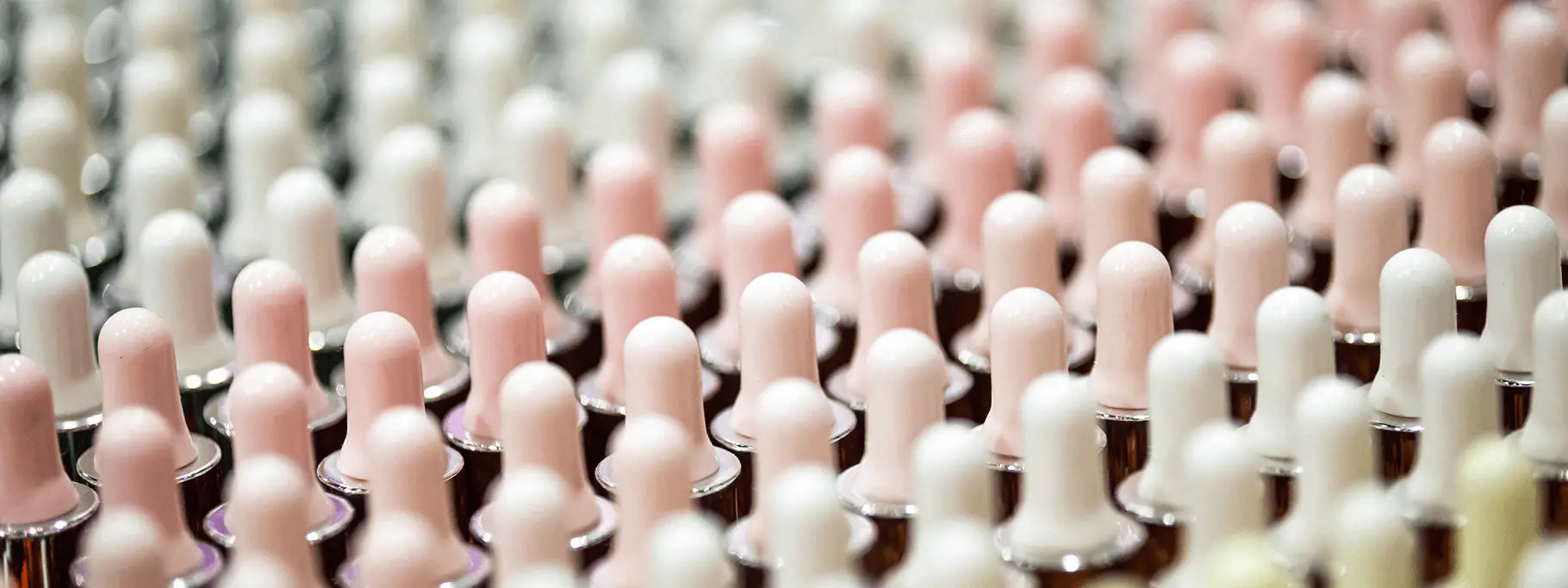Welcome to In Safe Hands, the blog where global experts from Kennedys keep you up-to-date with the latest developments in international product safety.
The product safety sphere is fast moving and without hands-on monitoring, any changes to the global regulatory framework can easily be missed. This is why we're here to lend a hand by keeping you abreast of any CSR, technological or regulatory changes that may impact your business.
These key updates will help you to adjust your business strategies, ensure compliance and avoid the potential for enforcement action. We will share our experience and insight from both UK and global perspectives and bring you guest writers from across the industry.
To help you navigate to your area of interest, the content is divided into the subcategories: chemicals, cosmetics, CSR, ESR and D&I, food and drink, general consumer product issues, industrial products, life sciences, new technologies, vehicles.
